Urban gardening reshapes Bangladesh’s cities amid climate and economic pressures
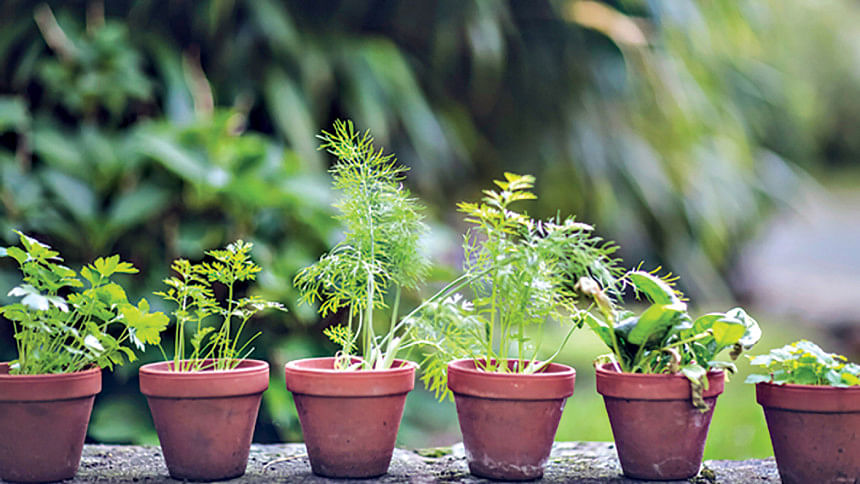
Urban gardening and balcony farming are rapidly redefining the urban landscape in Bangladesh, offering an innovative response to the complex challenges of food security, environmental degradation, and limited agricultural space. As urbanisation accelerates, particularly in major cities such as Dhaka, these small-scale yet impactful practices are transforming how residents grow, consume and engage with food.
A new model for urban resilience
The shift toward urban agriculture has emerged in response to the scarcity of arable land within congested city environments. Balcony gardening and vertical farming techniques are increasingly common, allowing apartment dwellers to grow herbs, vegetables, and even fruits in confined spaces using pots, vertical planters, and hydroponic systems. These gardens not only supply fresh produce but also contribute to the urban ecosystem by purifying air, moderating temperatures, and supporting biodiversity.
In Dhaka, initiatives led by international organisations such as the Food and Agriculture Organisation (FAO) have shown strong community impact. The Food System project, for instance, has trained hundreds of community members—primarily women—in sustainable gardening techniques. This has generated nutritional and financial benefits, especially for low-income households, by enabling the consumption and sale of home-grown produce.
Social and environmental benefits
Urban gardening initiatives have extended beyond nutrition, fostering community cohesion and offering therapeutic value. In environments often deprived of natural spaces, balcony gardens serve as micro-green zones, improving residents' mental wellbeing and social interaction. The cultivation process itself encourages physical activity and provides psychological relief in densely built urban areas.
Environmentally, these green spaces help combat urban heat islands and improve stormwater management. Plants grown on rooftops and balconies also help sequester carbon and reduce energy use by insulating buildings.
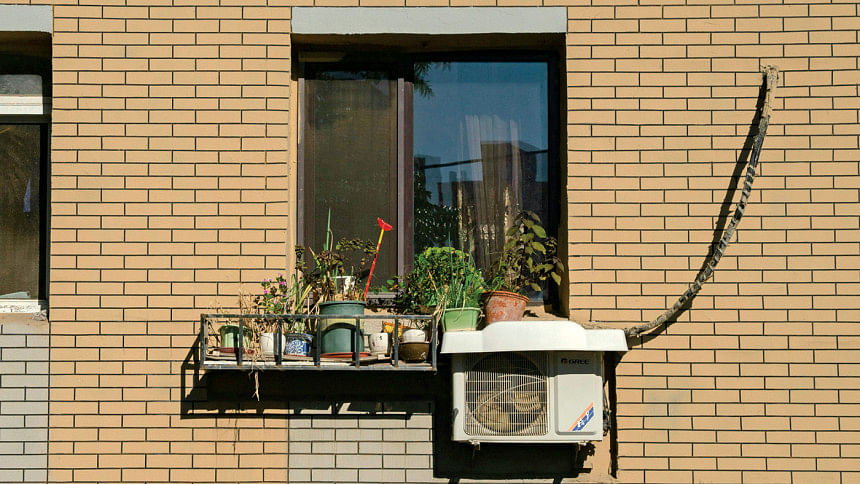
Navigating systemic barriers
Despite evident benefits, significant barriers hinder the expansion of urban agriculture in Bangladesh. Limited space and water access are persistent problems, particularly in Dhaka's high-density areas. Additionally, a lack of policy support has left urban agriculture largely absent from mainstream urban planning and agricultural policy frameworks.
Without formal recognition, urban growers often lack access to government subsidies, infrastructure support, or legal protections for their growing spaces. Furthermore, many aspiring urban farmers lack technical knowledge, and training opportunities remain limited outside donor-supported projects.
Land use pressures and real estate demands often displace agricultural efforts, especially in regions where property values are rising. These competing interests complicate efforts to scale up gardening practices across the country.
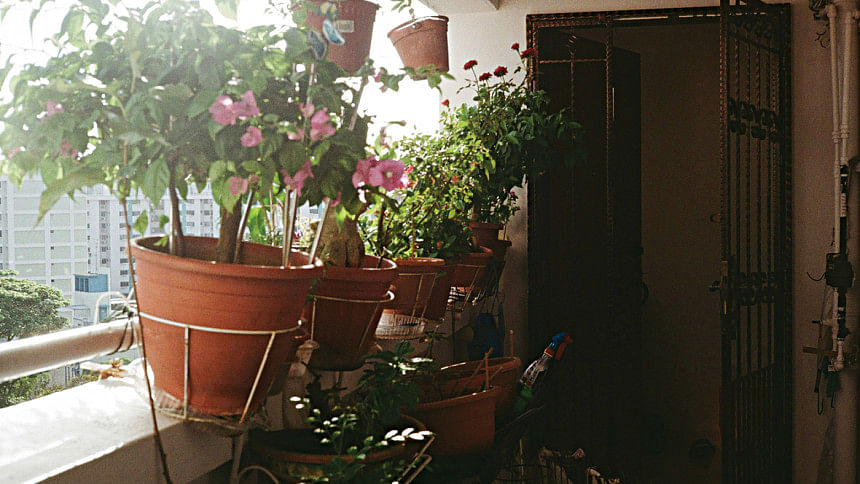
Innovations and local adaptations
Urban agriculture in Bangladesh has evolved through a blend of indigenous knowledge and contemporary techniques. Vertical gardens, for example, have become vital in areas affected by climate change. In flood-prone coastal villages like Chandipur, where saltwater intrusion has made traditional farming untenable, vertical gardening systems using bamboo and plastic have enabled residents to continue growing vegetables.
Hydroponics, though still in early stages of adoption, is gaining attention in saline and flood-affected regions such as Khulna. These soil-less systems offer an alternative to land-dependent cultivation but remain inaccessible to many due to high setup costs. Researchers are currently exploring ways to adapt hydroponics to local conditions and make them economically viable for wider use.
Cultural continuity in modern settings
Urban gardening is also helping preserve cultural practices among Bangladeshis both at home and abroad. Migrants living in global cities such as London have recreated small-scale food gardens on apartment balconies, often growing traditional herbs and vegetables as a way to reconnect with their heritage. These efforts demonstrate the adaptability of urban agriculture and its role in sustaining cultural identity through food.
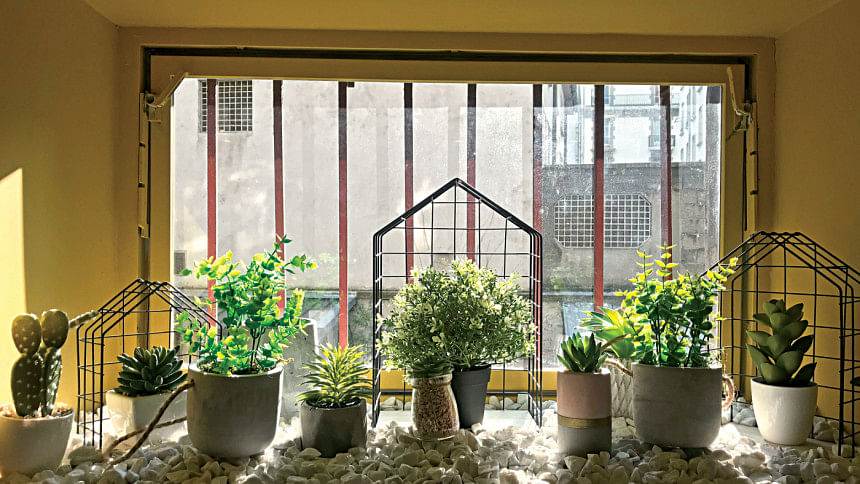
Institutional support and the path forward
Non-governmental and international organisations have played a central role in promoting urban gardening in Bangladesh. Initiatives by FAO, WorldFish, and local partners have demonstrated how targeted interventions can generate significant local benefits. However, scaling these successes will require systematic policy integration and infrastructure investment.
To unlock the potential of urban agriculture, city planning processes must begin to include designated green spaces and community gardens. Infrastructure improvements—such as water collection systems, composting facilities, and local seed banks—could support long-term viability. Educational programmes, both in schools and communities, can help build a knowledgeable base of urban growers equipped to maintain and expand sustainable practices.
As climate change and urbanisation continue to challenge traditional food systems, urban gardening offers a resilient, localised solution. With the right support, these practices could play a critical role in securing Bangladesh's urban food future.
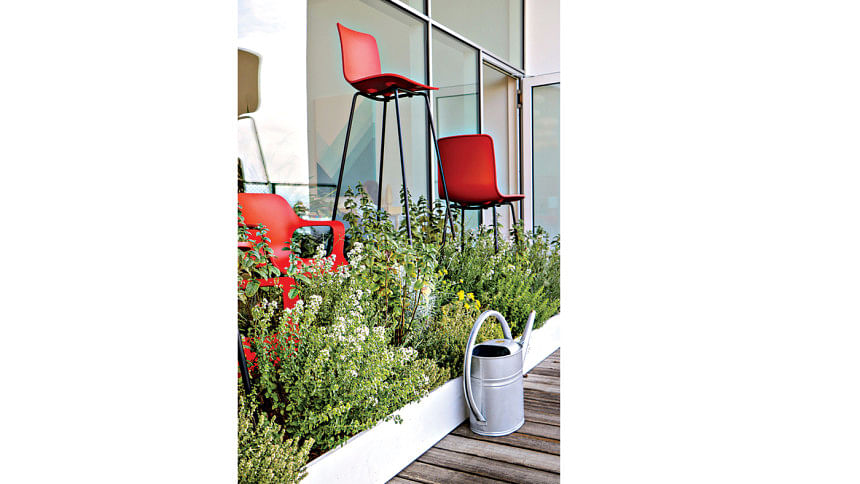

 For all latest news, follow The Daily Star's Google News channel.
For all latest news, follow The Daily Star's Google News channel. 



Comments